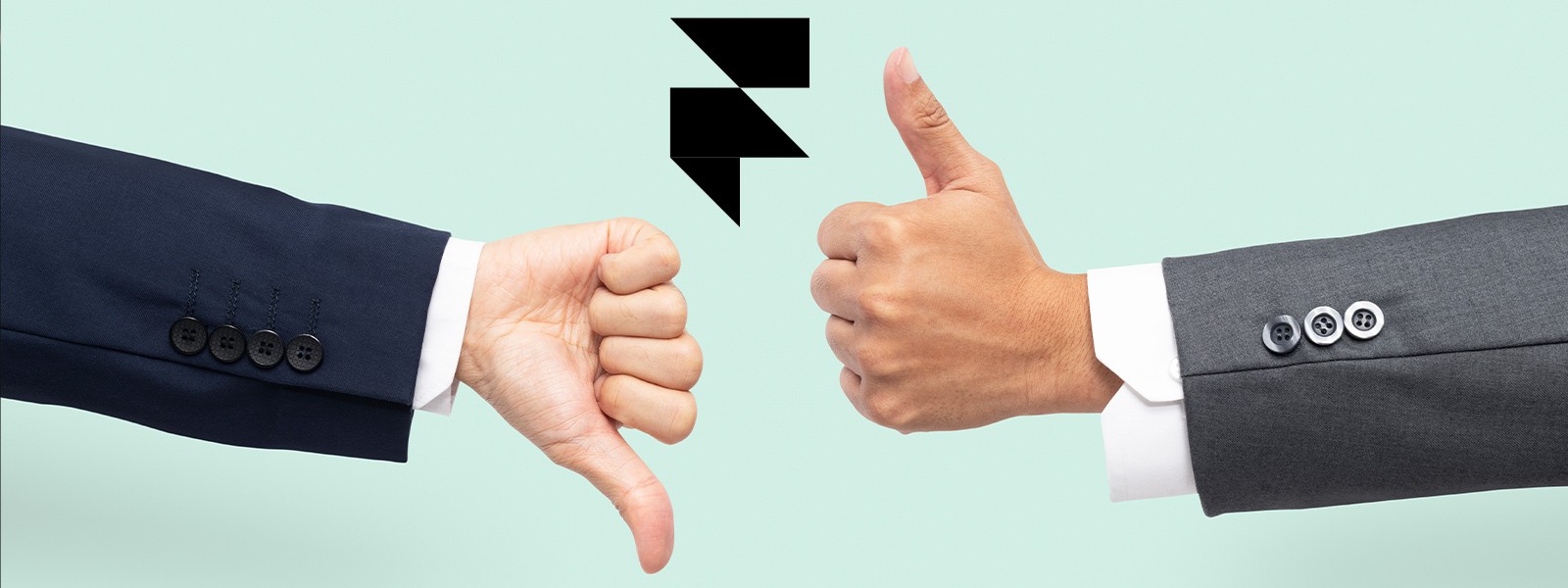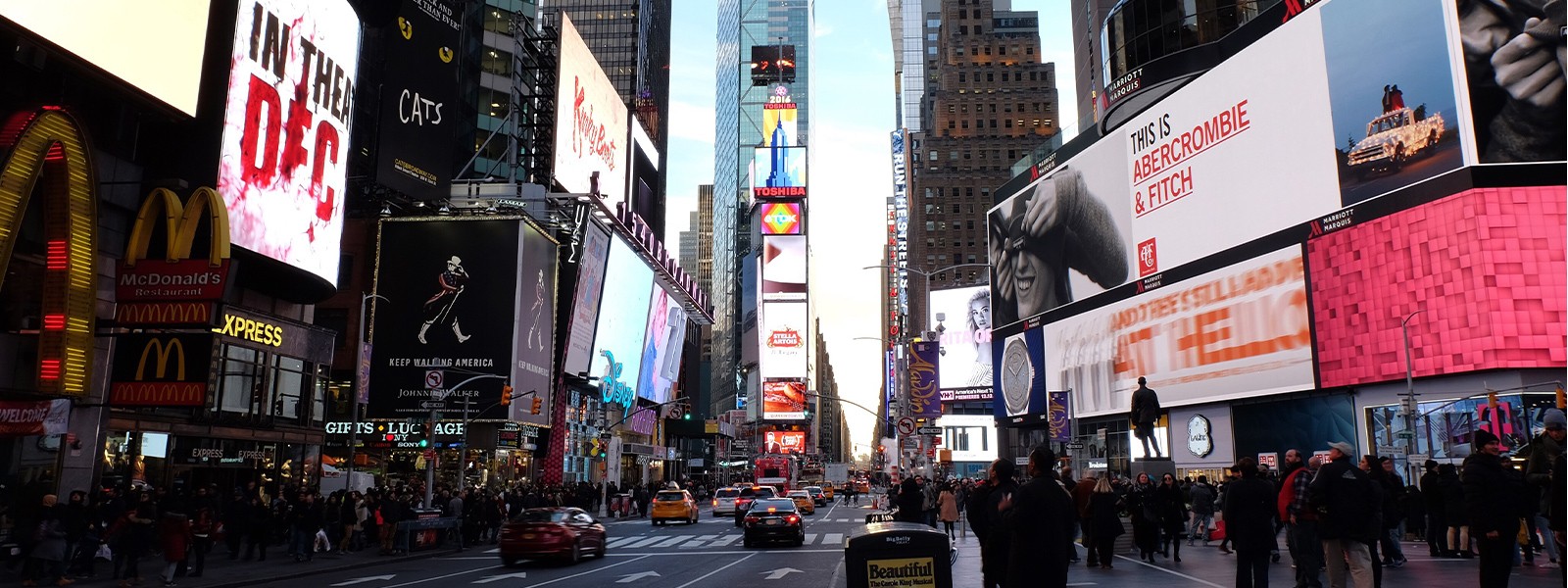Design
/
Taze Creative
Framer offers several key advantages for building e-commerce stores, especially for businesses looking for a highly customized and unique shopping experience.
1.Exceptional customization and adaptability
Framer stands out for its ability to create highly tailored e-commerce stores. Unlike traditional e-commerce platforms, which often rely on pre-built templates, Framer allows for deep customization of every aspect of your online store. Here’s what you gain:
Craft a unique brand identity: Framer allows you to design a store that perfectly reflects your brand’s voice and aesthetics, helping you stand out from competitors.
Innovative features: You can go beyond basic e-commerce functionalities. For example, you can integrate interactive product visualizations, personalized shopping experiences, or even gamified elements to enhance customer engagement.
Tailored user journeys: Framer provides the flexibility to optimize your store’s user experience to meet specific customer needs, whether it’s a smoother product discovery process or an intuitive checkout.
2.User-Friendly design and intuitive interface
Framer is known for its ease of use, thanks to its drag-and-drop interface and minimal coding requirements. It’s an excellent platform for both designers and developers, providing:
Pre-built components and templates: Framer offers pre-designed elements like product cards and checkout forms, which can be customized to suit your needs.
Visually intuitive interface: Framer’s visual editor allows you to see your design come to life, enabling fast iteration and refinement.
Low-code environment: Although some customization may require coding, Framer allows users to create a lot without deep technical knowledge.
3.Flexibility and performance
Framer is well-suited for e-commerce stores that expect to scale as the business grows. Here’s why:
Component-based design: Framer’s reusable design elements simplify updates as your product offerings expand.
Headless CMS integration: Framer integrates seamlessly with headless CMS platforms like Contentful, enabling you to scale your content management without being tied to rigid templates.
Optimized performance: Framer’s use of modern web development practices ensures that your store remains fast and responsive, even as it grows, which can also help with SEO and user experience.
4.Integration with external tools and services
Framer supports a variety of integrations that enhance the functionality of your store. These include:
Payment gateways: Easily connect with platforms like Stripe or PayPal for secure transactions.
E-commerce platforms: Framer can integrate with Shopify or WooCommerce to manage product inventory, order fulfillment, and more.
Analytics and marketing tools: You can integrate your store with tools like Google Analytics for performance tracking or Mailchimp for marketing campaigns.
While Framer has many advantages, there are some drawbacks to consider before committing to the platform for e-commerce.
1.Steep learning curve
Although Framer is relatively easy to use, its extensive customization options can be overwhelming for beginners, especially those without web development experience. Here’s what to keep in mind:
Advanced customization requires coding: While the platform is low-code, unlocking its full potential often requires Javascript or React knowledge, which can be a barrier for non-technical users.
Limited visual editor for complex interactions: While Framer’s visual editor is great for basic design, complex animations and interactions may require custom coding.
2.Cost
Framer’s pricing structure may be more expensive than other e-commerce platforms, particularly for businesses with high traffic or specialized needs:
Subscription fees: Higher-tier plans unlock advanced features, which can be costly for larger stores.
Developer/designer fees: If you don’t have in-house development expertise, hiring someone to build or maintain your Framer store can increase the overall cost.
Ongoing maintenance costs: A custom e-commerce store requires regular updates and bug fixes, which could add to your expenses over time.
3.Limited support and resources
Framer is primarily a design and prototyping tool, meaning its dedicated e-commerce support is not as robust as traditional platforms:
Limited official e-commerce support: Although Framer offers extensive design resources, you may encounter challenges when seeking specific e-commerce solutions.
Community-driven support: Framer relies on a growing, but smaller, user community for troubleshooting and advice, compared to larger platforms like Shopify or WooCommerce.
4.Limited multilingual support
Framer’s multilingual capabilities are not as developed as some other platforms, which could be a barrier for businesses aiming to serve a global audience:
Limited built-in features: Multilingual support in Framer requires additional development work, as the platform does not natively support robust translation options.
Complex integrations: Adding third-party multilingual tools can be challenging and may require custom development.
Deciding whether to use Framer for your e-commerce store depends on your specific business needs:
Framer is a great fit for:
Businesses looking to create a highly customized and unique shopping experience.
Brands with in-house design or development expertise that can fully leverage Framer’s features.
Companies willing to invest in a scalable and future-proof e-commerce solution.
Framer might not be ideal for:
Businesses on a tight budget or looking for a cost-effective, out-of-the-box solution.
Beginners or those with limited web development experience.
Companies needing robust multilingual support for global expansion.
Ultimately, Framer offers a powerful platform for those who prioritize customizability and are willing to invest in development. However, businesses with budget constraints or limited technical expertise might find other e-commerce platforms like Shopify, WooCommerce, or Webflow better suited to their needs.



